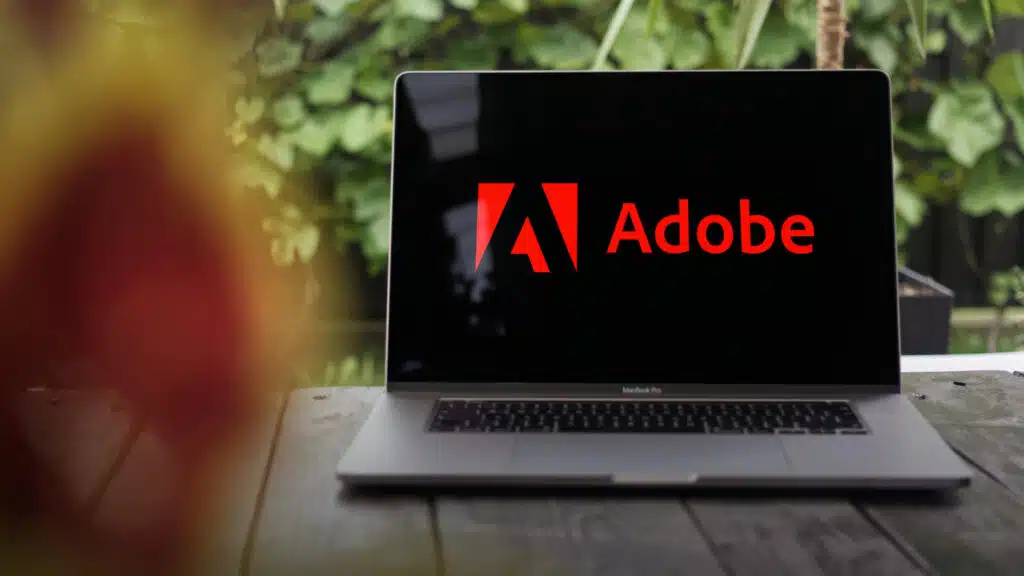Introduction: Generative AI is widely considered the fastest moving technology innovation in history. It has captured the imagination of consumers and enterprises across the globe, spawning incredible innovation and along with it a mutating market ecosystem. Generative AI has also caused a copious amount of FOMO, missteps, and false starts. These are the classic signals of technology disruption – lots of innovation, but also lots of mistakes. It is a rumpus room with a lot of “kids” going wild. The rumpus room needs adults. Guidance through the generative AI minefield will come from thoughtful organizations who do not panic, who understand the fundamentals of AI, and who manage risk.
Our picks for this week’s Adults In The Generative AI Rumpus Room are Leica, Data Provenance Initiative, and Google.
Leica: First Camera with Content Credentials
The News: On October 26, the Content Authenticity Initiative (CAI) announced in a blog post that Leica’s new M11-P camera will be the world’s first camera with content credentials built-in. According to the blog post, the news is important because: “With manipulated content and misinformation more on the rise than ever, trust in the digital ecosystem has never been more critical. We are entering a new era of creativity, where generative AI is expanding access to powerful new workflows and unleashing our most imaginative ideas. The Leica M11-P launch will advance the CAI’s goal of empowering photographers everywhere to attach Content Credentials to their images at the point of capture, creating a chain of authenticity from camera to cloud and enabling photographers to maintain a degree of control over their art, story and context.”
With the camera, each image is captured with secure metadata such as camera make and model as well as content-specific information – who captured an image and when and how they did so. Each image captured will receive a digital signature, and the authenticity of images can be easily verified by visiting contentcredentials.org/verify or in the Leica FOTOS app.
You can read the full Content Authenticity Initiative blog post on the Leica website.
Adults because… Generative AI can and likely will be used to create misinformation and disinformation. Deepfakes can in part be combatted by the metadata approach CAI and cofounding member Adobe are promoting. Yes, it is one camera in a sea of cameras, but it is a start, and hopefully leads to a standard that will eventually be implemented in not only professional cameras but also smartphone and other device cameras as well.
Data Provenance Initiative Launches Audit Tool for AI Datasets
The News: On October 25, a newly formed, researcher-led group, the Data Provenance Initiative, published a paper and data that will enable organizations to audit AI datasets used to train large language models (LLMs). The abstract is compelling:
“The race to train language models on vast, diverse, and inconsistently documented datasets has raised pressing concerns about the legal and ethical risks… we convene a multi-disciplinary effort between legal and machine learning experts to systematically audit and trace 1800+ finetuning datasets. Our landscape analysis highlights the sharp divides in composition and focus of commercially open vs closed datasets, with closed datasets monopolizing important categories: lower resource languages, more creative tasks, richer topic variety, newer and more synthetic training data. This points to a deepening divide in the types of data that are made available under different license conditions, and heightened implications for jurisdictional legal interpretations of copyright and fair use. We also observe frequent mis categorization of licenses on widely used dataset hosting sites, with license omission of 72%+ and error rates of 50%+.This points to a crisis in misattribution, and informed use of the most popular datasets, driving many recent breakthroughs. As a contribution to ongoing improvements in dataset transparency and responsible use, we release our entire audit, with an interactive UI, the Data Provenance Explorer, which allows practitioners to trace and filter on data provenance for the most popular open source finetuning data collections.”
You can download the white paper and access the Data Provenance Explorer here
Adults because…The old adage is garbage in, garbage out, and it applies to large datasets used to train AI. Using better (and usually smaller) datasets will lead to better LLM outcomes – more accurate, less misinformation and disinformation. The Data Provenance Explorer gives enterprises the opportunity to review different model’s approaches and “look under the hood” at the data, or at least, how it is constructed, to be better informed about the models they might choose to use. Increased use of such audits could force model developers to fine-tune their datasets.
Google Android Introduces AI Safeguard Policies for Google Play Apps
The News: On October 25, Google announced that starting early in 2024, the company will require Google Play developers to provide the ability to report or flag offensive AI-generated content without needing to exit the app. The move is an update to current developer policies, this one more relevant to preventing the generation of restricted content or content that enables deceptive behavior. Under the new policy, apps will only be able to access photos and videos for purposes directly related to app functionality.
Read the Google Policy update here.
Adults because… A surge of AI-generated apps that has seeped into app stores over the past year that side-step app store policies for harmful content. In this scenario, Google has beat Apple to the punch with a more specific AI-focused policy. Consumers will continue to need protection from players using generative AI for the wrong reasons. Look for more enforcement around content policies for all content providers.
Disclosure: The Futurum Group is a research and advisory firm that engages or has engaged in research, analysis, and advisory services with many technology companies, including those mentioned in this article. The author does not hold any equity positions with any company mentioned in this article.
Analysis and opinions expressed herein are specific to the analyst individually and data and other information that might have been provided for validation, not those of The Futurum Group as a whole.
Other insights from The Futurum Group:
Adults in the Generative AI Rumpus Room: Google, Tidalflow, Lakera
Adults in the Generative AI Rumpus Room: Anthropic, Kolena, IBM
Adults in the Generative AI Rumpus Room: Salesforce, DeepLearning.ai, Microsoft
Author Information
Based in Tampa, Florida, Mark is a veteran market research analyst with 25 years of experience interpreting technology business and holds a Bachelor of Science from the University of Florida.







